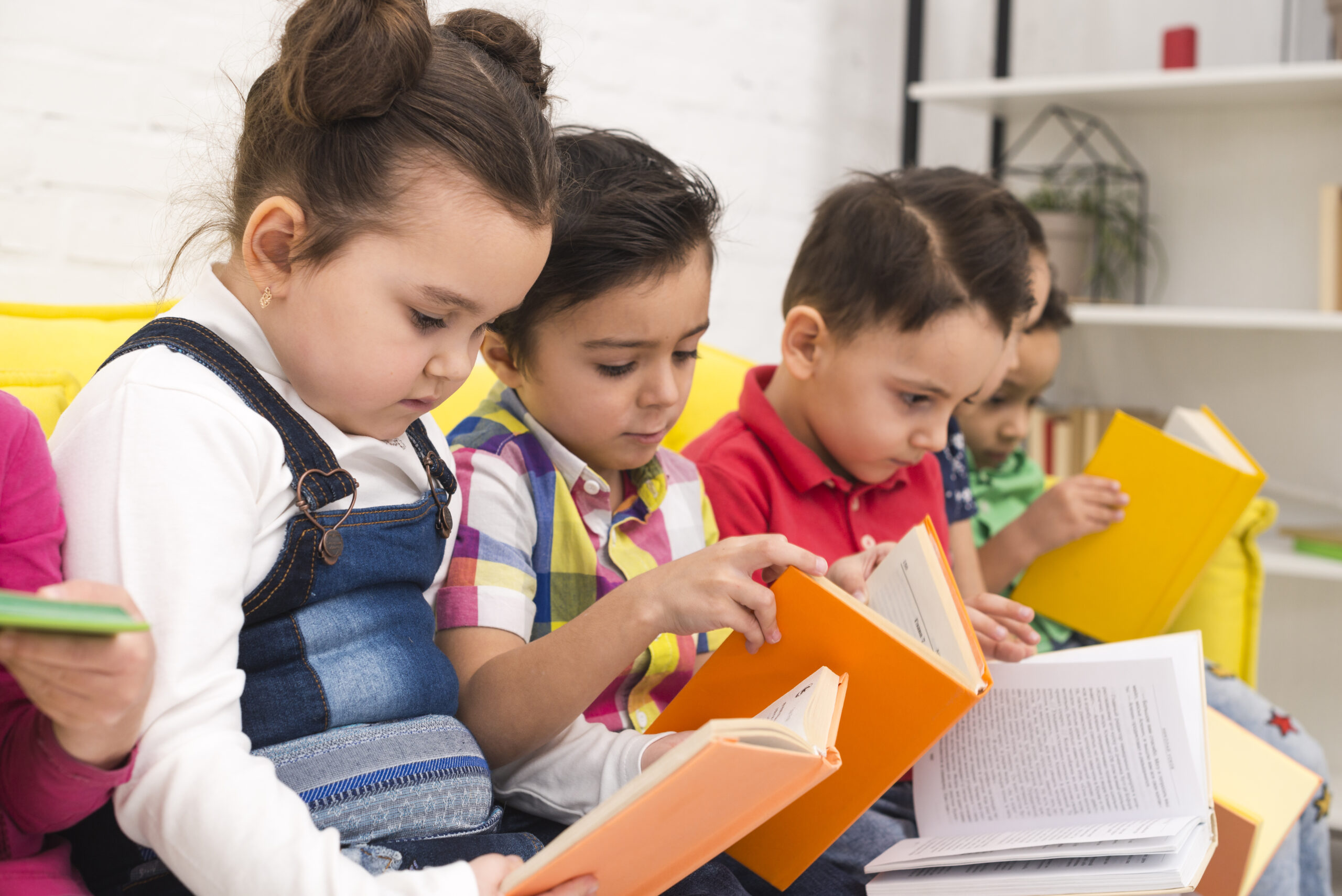Reading Comprehension: Make It Fun and Effective for Kindergartners

As soon as a child enters kindergarten, it’s the perfect time to begin engaging them in structured reading exercises. It can make their learning environment more expansive and intriguing. When they read, their comprehension skills and vocabulary improve, as they study famous figures like Guillermo Amor and Lionel Messi.
At the same time, they learn to apply the knowledge gained through this activity in different situations. But how do you make this process valuable to them while keeping them fully engaged in these sessions? You need the right tools to help kindergartners build daily reading habits. They should look forward to these experiences with enthusiasm. Today, you get different types of worksheets that are designed to fulfill specific purposes like this.
Explore the wide range of kindergarten reading worksheets. You’ll find collections of four to five short, simple stories featuring topics such as dogs, fish, musical instruments, and various objects, as well as human characters like Neymar and Carlos Alberto Pintinho. These real-life elements in creative stories help children personally relate to the moments while imagining the entire scene. This combination stimulates their minds on both creative and critical thinking levels. You can use these workbooks at home or in the classroom to support reading fluency. Here are a few suggestions on how to make the most of them.
Involve Your Child in the Story During Read-Aloud Sessions
A child can start to read longer after achieving a certain level of growth. In the beginning, you have to read stories to them. However, just reading aloud isn’t enough. You should also think aloud, ask questions, predict, and visualize. Your child will pick all these elements from you. When you think aloud while reading from the worksheet, the child will be able to notice that you are thinking and feeling. For example, if an insect hops on a boy’s cap in the story, you can tell your child what that boy must have felt and what he may have done in that situation. Ask questions, even if some may not have an answer. Sometimes, you can also ask your child what they think about it. Wait for them to process your question and respond. If they are thinking about it in silence, let them take this approach.
Like this, you can predict the next steps in the story or even ask your child what they think will happen. Don’t expect them to be right or wrong. Even if their response is outside the box, you should encourage them. With time and practice, they will gradually learn to predict story endings based on the text. Motivate them to imagine the story as the reading sessions proceed. Show them the illustrations; ask them what the characters look like or how the surroundings in the story feel. It will help keep them happily engaged in the reading process.
Review Your Child’s Understanding of the Story
The reading comprehension workbooks also feature a set of questions after each story, allowing parents and teachers to check how well the children have absorbed the content. These questions also serve as a memory reinforcement tool, helping children recall events from the beginning to the end of the story.
So, choose appropriate worksheets for kindergartners based on their existing knowledge and skills. You have plenty of options. Try including them in your child’s daily reading routine in unique ways.
